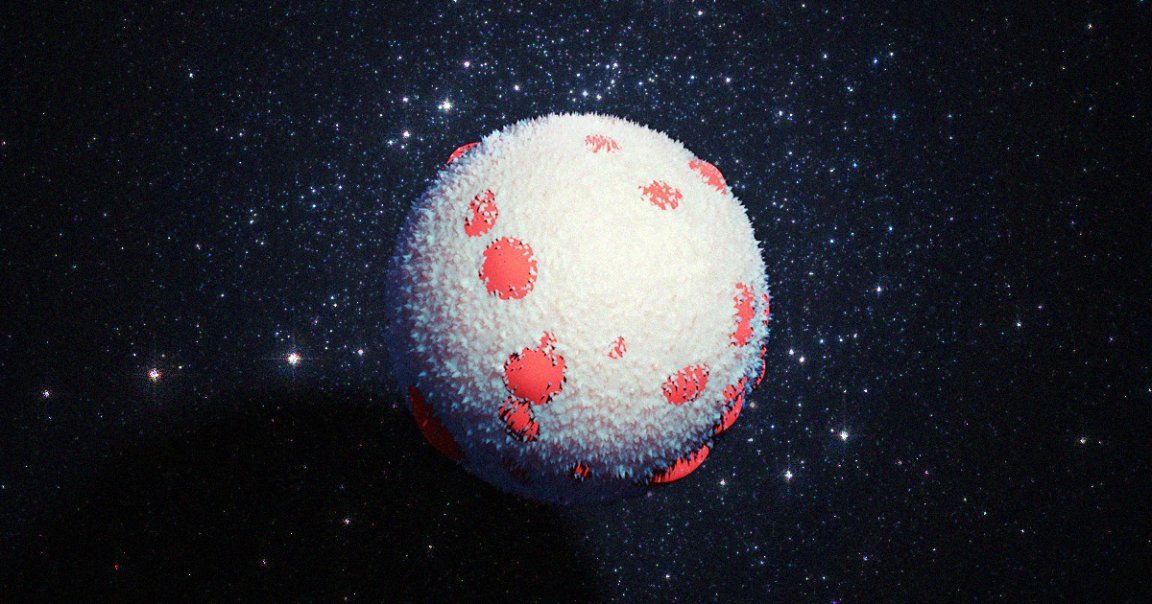
Space Bugs
A particular class of bacteria can survive the extremely harsh conditions of outer space, lending evidence to the theory that microbial life could have spread between worlds, perhaps on asteroids.
The bacteria Deinococcus radiodurans survived outside the International Space Station for a full year, according to University of Vienna research published last week in the journal Microbiome. Not only did it survive, but it even adapted new mechanisms to repair damage — showing how microbial life can thrive even outside of Earth.
Tiny Travelers
Over the year-long experiment, the Deinococcus radiodurans had to endure cosmic radiation, microgravity, and the extreme cold and vacuum of space.
“These investigations help us to understand the mechanisms and processes through which life can exist beyond Earth, expanding our knowledge how to survive and adapt in the hostile environment of outer space,” Tetyana Milojevic, study author and head of the University of Vienna’s Space Biochemistry group, said in a press release.
Extraterrestrial Seeds
Figuring out how an extremophile like Deinococcus radiodurans survives space lends credibility to the idea that microbial life may have traveled to or from Earth, seeding biology in the cosmos.
“The results suggest that survival of D. radiodurans in LEO for a longer period is possible due to its efficient molecular response system and indicate that even longer, farther journeys are achievable for organisms with such capabilities,” Milojevic added.
READ MORE: Microbial space travel on a molecular scale [University of Vienna]
More on space microbes: Astronomers Want to Use Bacteria to Mine Space Rocks